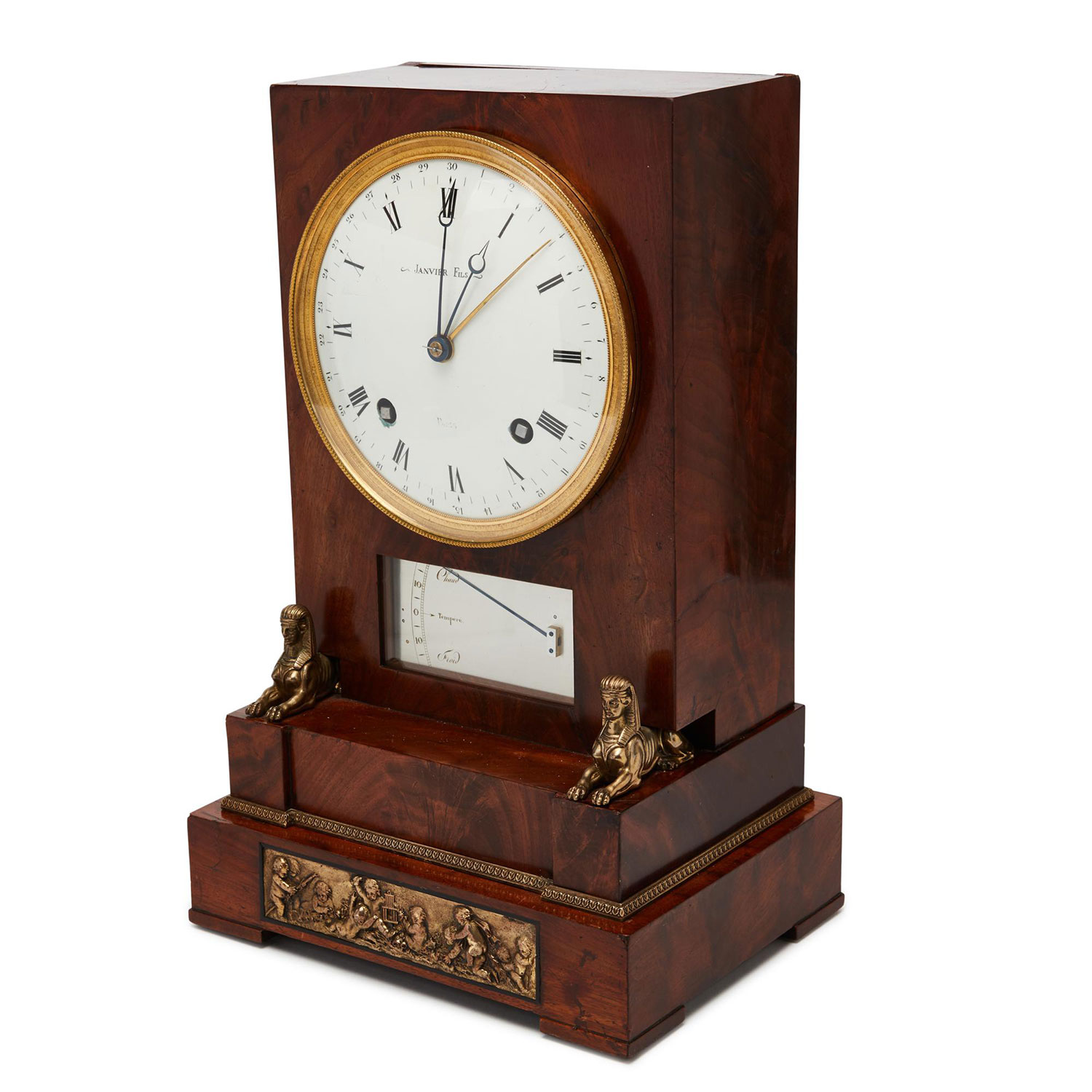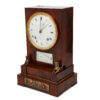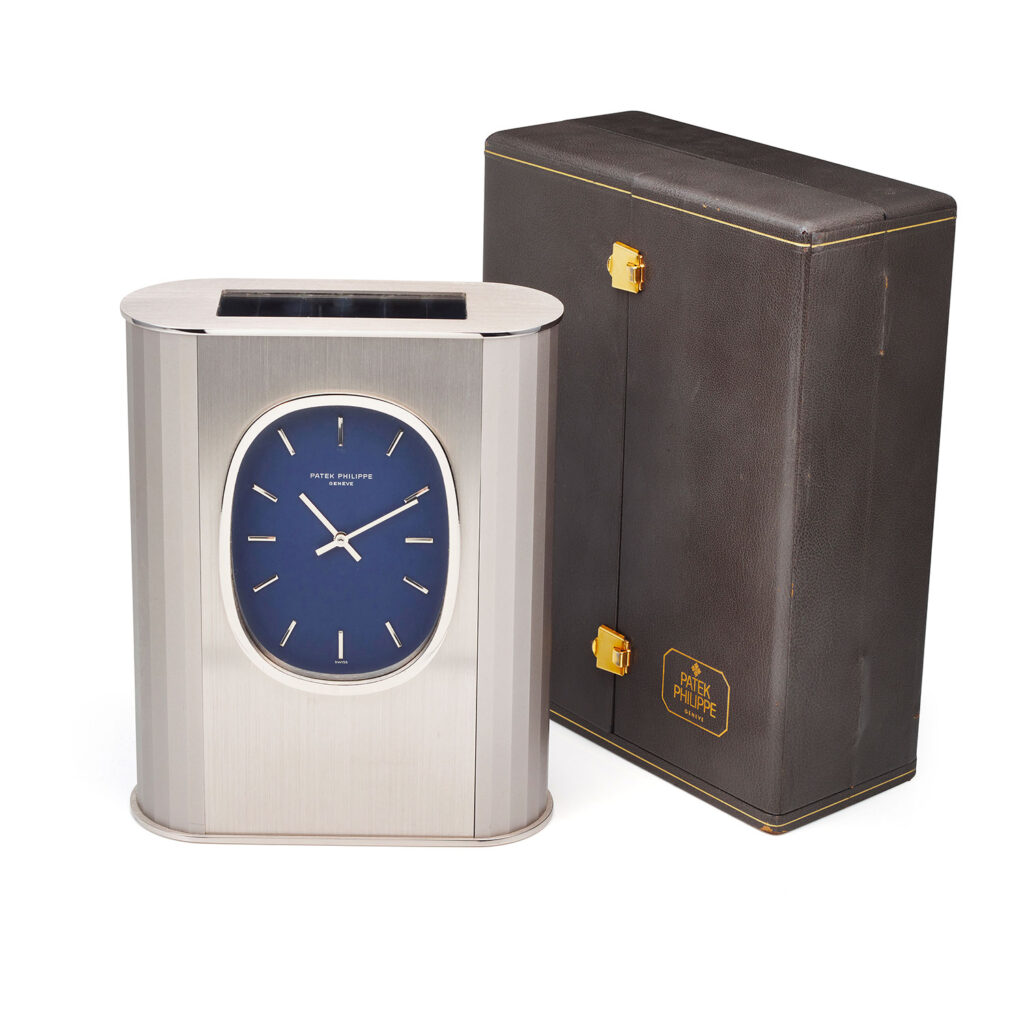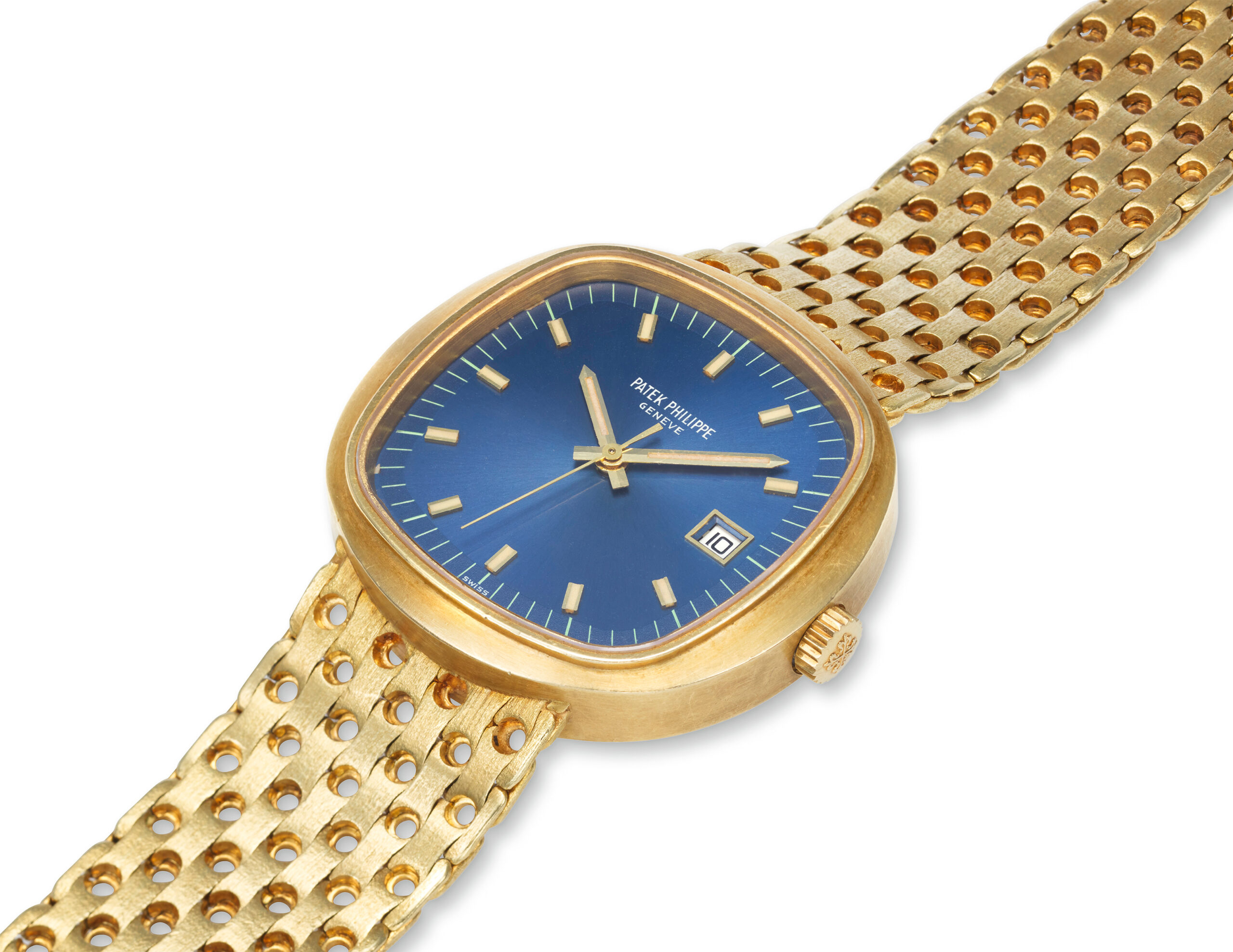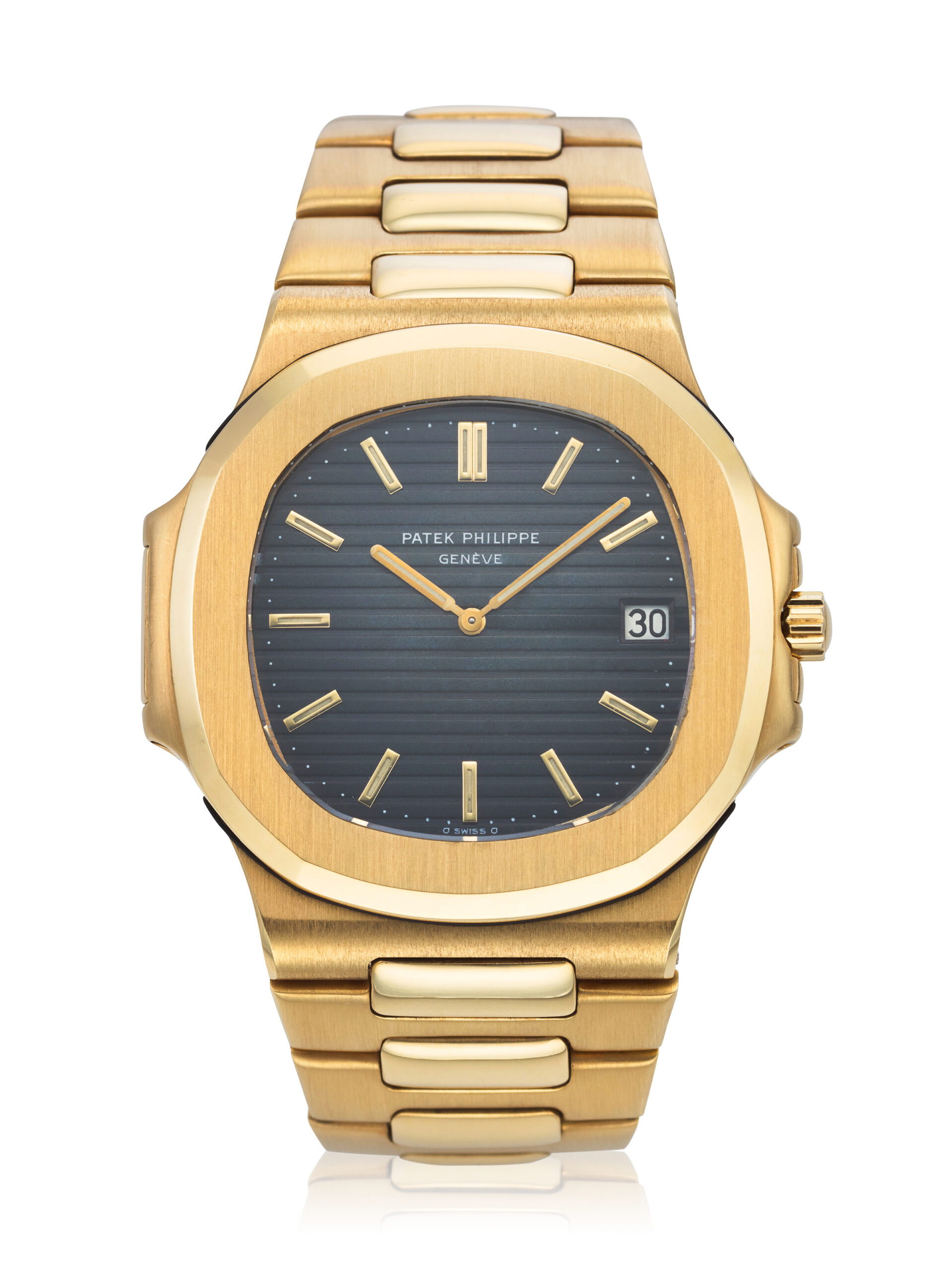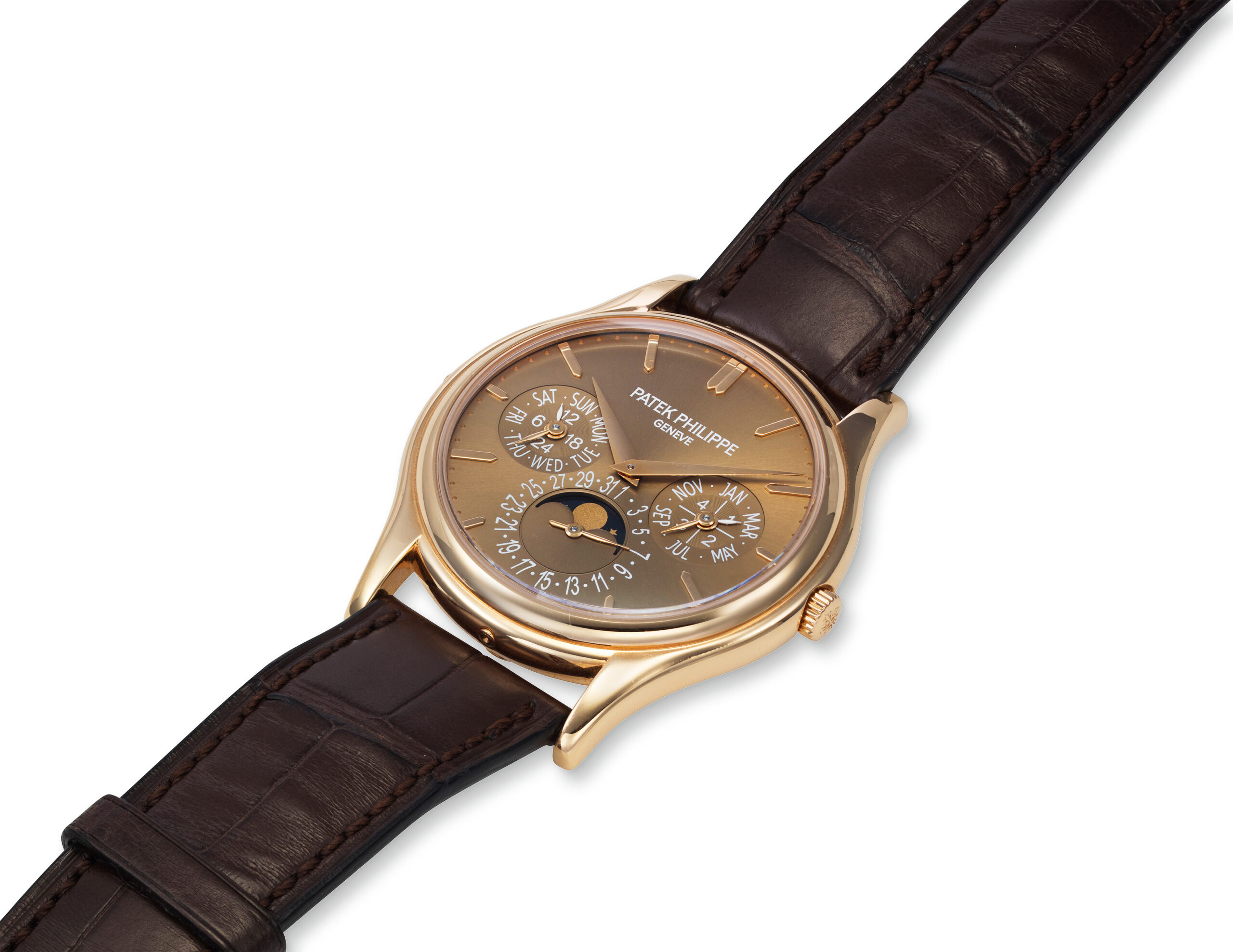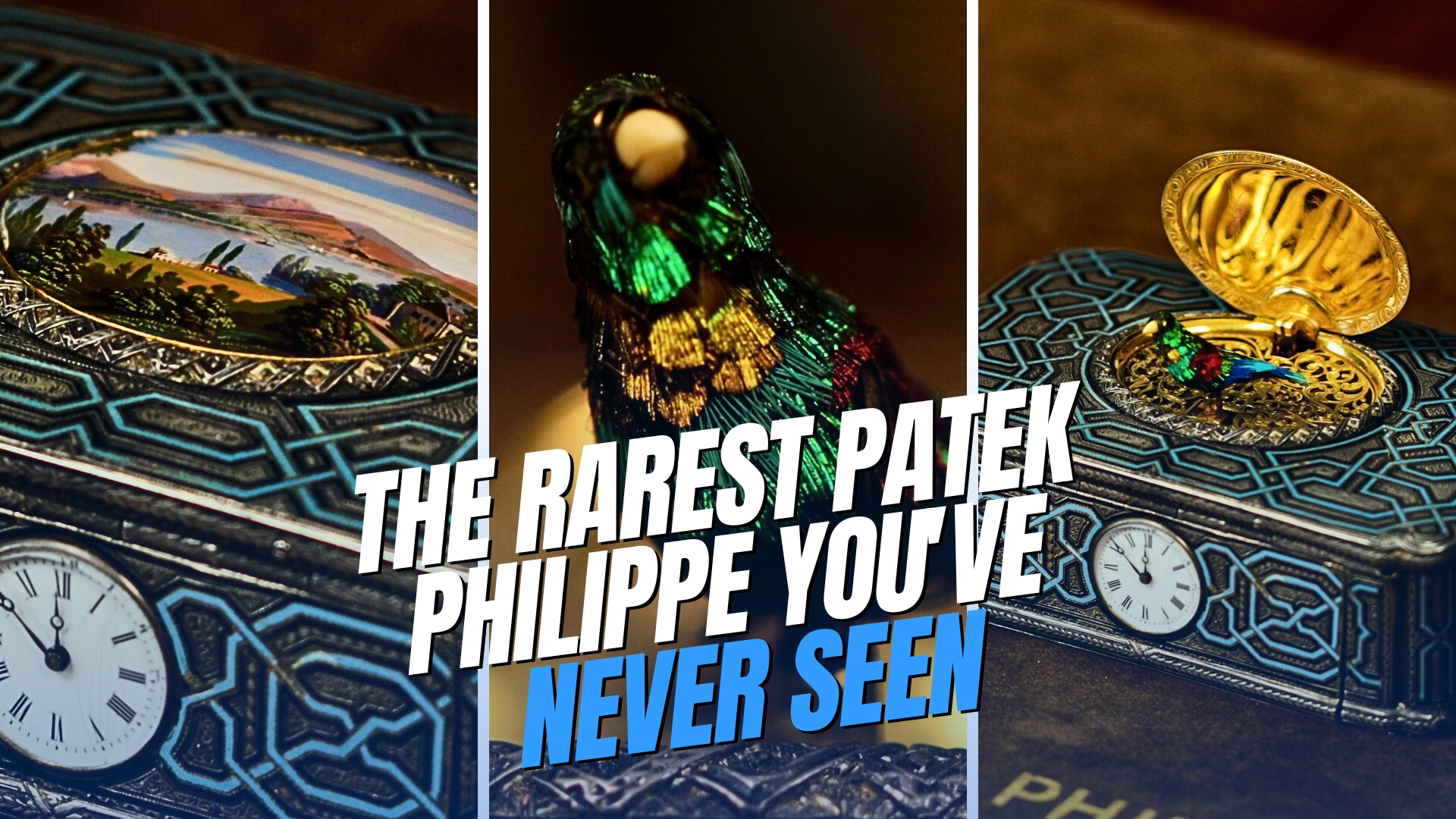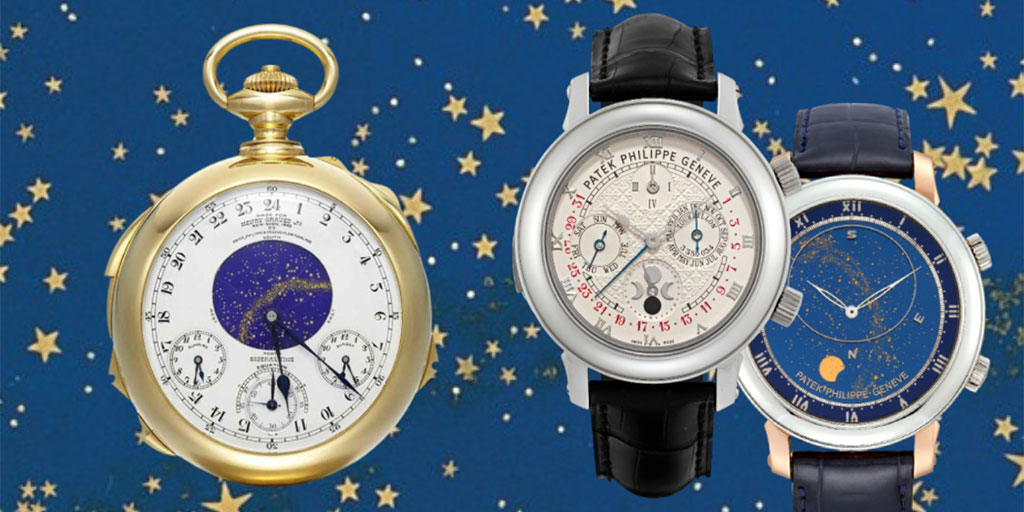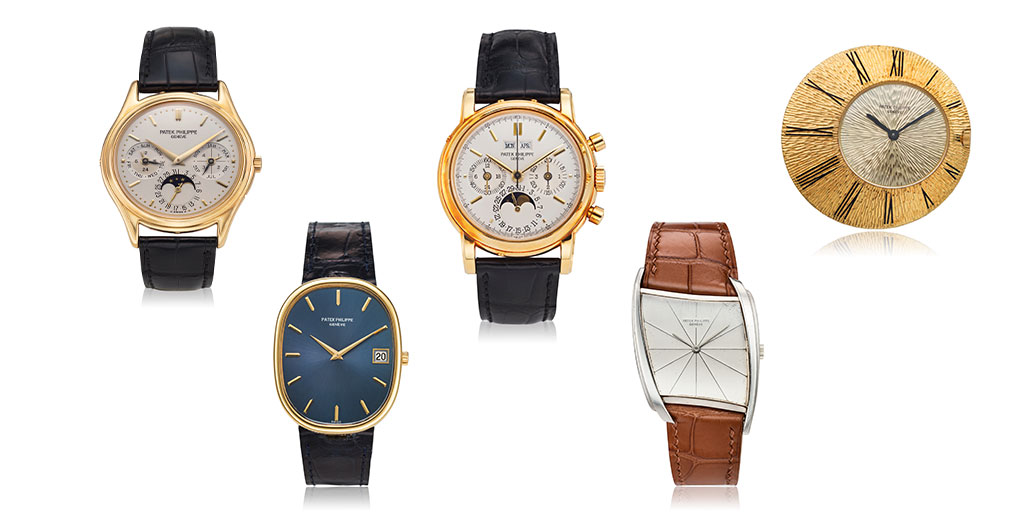We don’t post non-Patek Philippe clocks every day but this museum piece is the exception to the rule for good reason. This clock is literally one of the most historically important horological treasures that is available to buy today. In fact, it truly does belong in a museum. For this clock’s full historic context, please see the video here.
Looking back at the late 18th and early 19th century, we see the highest level of clockmaking the world has ever seen. For the record, this is the era just before Patek started doing business in 1839. Names such as Le Roy, Berthoud, Lepine and of course Breguet are considered some of the best clockmakers ever. However, Antide Janvier (1751-1835) greatly influenced his horological contemporaries. Arguably, there would be no Breguet without Janvier. Yet his name is mostly forgotten. He was successful early in his career and this set him on his path to making increasingly complicated clocks. He invented double pendulum clocks, also called Resonance clocks (that’s for all you FP Journe fans out there). However, the French Revolution did not treat him well — he wanted to make clocks for Kings and Queens, not commoners. He ended up selling all his timepieces and tools to Breguet which eventually led him to dying penniless.
Yet things started much brighter for him. At age 15 he was making important timepieces and by age 17 he presented a clock to the Academy of Sciences in Besancon where he was showered with praise and soon apprenticed to a Mr. Devanne. Eventually he had rooms at the Louvre and was celebrated by the King. Sadly, things did not stay well and he was locked up in prison in 1793. By 1835, his death certificate stated “Antide Janvier, without a trade” and “cause of death: old age”.
However, we remember and honor his great skills as a clockmaker. This presently offered clock is the one that started his brief but illustrious career. The Janvier numbering system outlines all known clocks made by Janvier from 1768-1832. This clock is Number One. It is the earliest known of his works, made while he apprenticed to Mr. Devanne, and is the clock that made Janvier a master clockmaker at age 17.
The movement of the clock is a twin-gong barrel movement with four vase-shaped pillars with original pendulum calibrated with fine adjustment scale, quarter striking on two bells via a rack and snail. The rectangular mahogany case is with gilt Bronze and mercury ormolu plaque, decorated in relief representing frolicking putti; below is a glazed rectangular aperture revealing a silvered, engraved temperature scale flanked by a pair of Sphinxes.
This clock is for the horological historian that celebrates the earliest work of one of the greatest clockmakers who ever lived.

